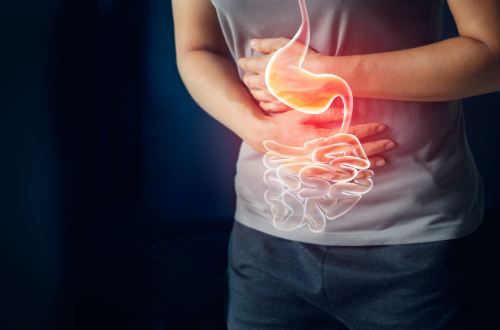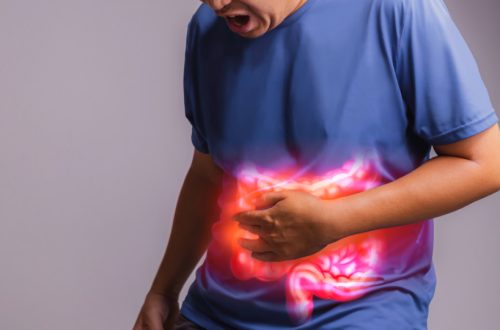Introduction
Exercise is essential for good health, but for people with exercise-induced asthma (also called exercise-induced bronchoconstriction), physical activity can trigger coughing, wheezing, and shortness of breath. This doesn’t mean you have to avoid exercise—by understanding your condition and using the right prevention and management strategies, you can stay active while keeping symptoms under control.
What Is Exercise-Induced Asthma?
Exercise-induced asthma (EIA) occurs when physical activity causes the airways to temporarily narrow, making it harder to breathe. It often happens during or shortly after exercise and is more common in people with asthma, but can also occur in individuals without chronic asthma.
Typical symptoms include:
- Shortness of breath
- Wheezing or whistling sound while breathing
- Coughing (especially after exercise)
- Tightness in the chest
- Fatigue during physical activity
Why Does It Happen?
When you exercise, especially in cold, dry air, you tend to breathe through your mouth, bypassing the nose’s natural humidifying and warming effect. This can dry out and cool your airways, triggering inflammation and muscle tightening in people sensitive to these changes.
Common triggers include:
- Cold weather activities (skiing, ice skating)
- High-intensity sports (soccer, basketball, running)
- Exposure to airborne allergens during exercise
- Air pollution or poor air quality days
Prevention Strategies
The goal is to reduce airway irritation before symptoms start.
a) Use Pre-Exercise Medication
- A short-acting beta agonist (SABA) inhaler (like albuterol) 10–15 minutes before activity is often the first-line prevention.
- Some patients may need a controller medication if symptoms are frequent.
b) Warm Up Gradually
- Spend 10–15 minutes doing light activity to prepare your lungs and airways.
- This may help trigger a “refractory period” where symptoms are less likely for a couple of hours.
c) Protect Your Airways
- Wear a scarf or face mask in cold weather to warm and humidify the air you breathe.
- Exercise indoors on days with poor air quality or high pollen counts.
d) Choose the Right Activities
- Swimming is often better tolerated because warm, humid air reduces airway irritation.
- Walking, biking at a moderate pace, or yoga may be gentler on the lungs.
Management Strategies During and After Exercise
During Exercise
- If symptoms start, stop and rest immediately.
- Use your rescue inhaler as directed by your healthcare provider.
- Avoid “pushing through” breathing difficulties—it can worsen airway inflammation.
After Exercise
- Cool down gradually to prevent sudden airway changes.
- Monitor symptoms for 30 minutes post-workout, as delayed reactions can occur.
- Keep your inhaler accessible in case symptoms return.
Lifestyle Tips for Long-Term Control
- Follow your Asthma Action Plan—update it regularly with your doctor.
- Keep track of symptoms in a journal to spot patterns or triggers.
- Stay hydrated to keep mucus thin and easier to clear.
- Manage allergies, if present, since they can make EIA worse.
- Avoid smoking and exposure to secondhand smoke.
Conclusion
Exercise-induced asthma doesn’t have to sideline your fitness goals. With the right preparation, preventive measures, and treatment plan, most people can enjoy physical activity without significant breathing problems. The key is knowing your triggers, using medication correctly, and working with your healthcare provider to create a personalized prevention strategy.
FAQs
Can exercise-induced asthma be cured?
No, but it can be managed effectively so you can remain active.
Do I need to avoid sports if I have EIA?
Not at all—many athletes compete at high levels with well-controlled EIA.
Is swimming better for people with EIA?
Yes, because the warm, humid air at the water’s surface is gentler on the lungs.
Can I just use my inhaler after symptoms start?
You can, but using it before exercise is often more effective at prevention.
Does EIA mean I have asthma?
Not necessarily—some people have EIA without having chronic asthma.






